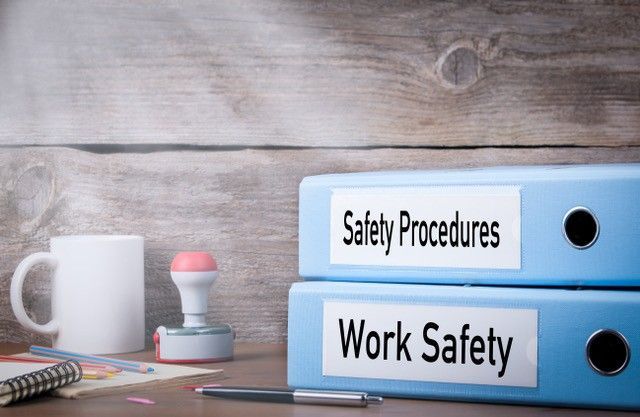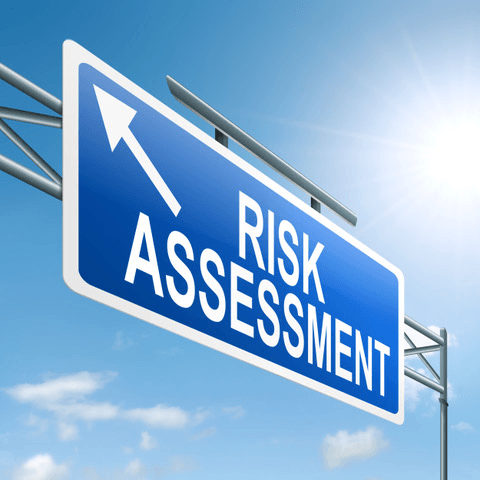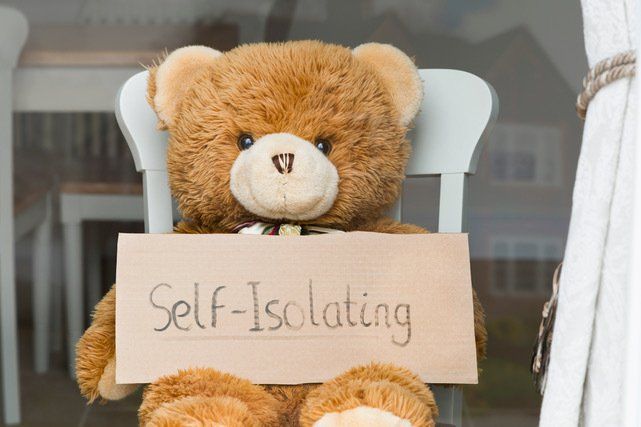by Jane Southall, Employment Law Specialist
•
25 May 2020
Although the current furlough scheme has been extended until the end of July 2020, it has been extended to run again from August until the end of October 2020 at which point it is anticipated that the scheme will operate on a phased out part-time basis. In addition, some employers have been given the green light to allow employees to return to work where working from home is not entirely possible and it is safe to do so. If you are an employer with employees who cannot work from home and it is safe for your your employees to return to work, here are some additional areas you will need to consider: 1. Check that your business is not listed as a business that should remain closed to the public. If you trade in breach of the regulations issued by the government, you risk a fixed penalty which will potentially increase if you fail to pay the notice or repeatedly do not comply. See the link for more information on which businesses must not open to the public https://www.gov.uk/government/publications/further-businesses-and-premises-to-close/further-businesses-and-premises-to-close-guidance 2. Carry out a COVID-19 Risk Assessment – the guidance issued by the government states that it is non-statutory guidance which should work alongside your existing obligations as an employer relating to health and safety, employment or equality rights. Therefore, although this is not mandatory the guidance issued by the government is a helpful tool to promote confidence in employees returning to the workplace. Carrying out a COVID-19 risk assessment provides a great opportunity to consult with the union, health & safety representatives or the workforce about what risks they may identify and what proposed safety measures the workforce or union may suggest in addition to your own measures to reduce the spread of COVID-19. Consultation with the unions or workers could take place remotely through the use of questionnaires and other forums such as Zoom or Facetime. Risk assessment should be kept under review and changed according to new developments and guidance. 3. Share & Publish the results of your Risk Assessment with the workforce - The government asks that you share the results of your risk assessment with your workforce. If possible, you will be expected to consider publishing the results on your website (and where employer has over 50 workers to do so) the employer is expected to publish this information. 4. Protected Disclosures – An employer who chooses to ignore the social distancing guidelines or fails to implement measures to reasonably safeguard the health and safety of their employees are at risk of employees making claims for protected disclosure or whistle blowing on the grounds of health and safety. Such claims if invoked at the employment tribunal can give rise to unlimited amounts of compensation for injury to feelings. 5. Remember there will be employees who have been identified by their GP and advised to self-shield either due to their age and or underlying conditions. It is important that where there are reasonable adjustments you can make to reduce the risk, that those employees are not exposed to any risk of contracting COVID-19 in the workplace. So, if arrangements can still continue for those employees to work remotely, they should do so. Additionally, risk assessments should be carried out for those employees who are high risk. 6. Discuss with staff how they might feel about a return to work. Question how they will manage to travel to work. For instance, do they have access to their own vehicle or will they be reliant on public transport. You will need to consider whether there should be staggered start times and the new rules and practices for immediate washing of hands before arrival at their desk. On the topic of desks where employees usually work within a pod of desks adjacent to each other, the employer should consider whether there should be less workers on a pod and avoid placing workers directly adjacent to each other. 7. You may want to consider a temporary variation of the employment contract. where there is no capacity to have the entire workforce return, more consideration should be made towards employees working from home. It may be that some employers consider the temporary variation of the contract so that the employee is working part time; subject to review in 6 weeks’ time 8. If you are opening the workplace again, consider during consultation with your employees whether they should take their own temperature before attending work each day so as to be aware of any unusual spikes in temperature. Although a high temperature can be gauged from feeling hot to touch on your chest or back, so you will not need to measure your temperature with a thermometer but it may be a useful recommendation for your workers, to safeguard their heath and the health of their families. 9. Remember; employees may not be able to return to work as easily as before, with schools currently only open to children of key workers. Whilst plans are afoot for reception, year 1 and year 6 to return, there will be workers who will still have primary care for their children which may have a disproportionate impact on single parents, who can no longer rely on grandparents who may need to self-shield. Therefore, bear in mind, those workers juggling home-schooling, childcare, homeworking and being a single parent. 10. Consider what PPE you might need before requiring employees to return. Will there be occasions when workers will need to be in close contact albeit for short periods of time? For instance, if you need to move the furniture around the office to ensure safe working distances, how will this be achieved if more than one person is needed to affect the move? Will you also need facemasks if you need to hold a meeting for a few workers in the board room? If you have a designated break area for workers to heat their meals and eat their lunches, you might want to review this and only allow employees to bring in ready made meals which can be eaten at their desks so as to avoid any build up of employees seeking to use the same appliances. The Department for Business and Industrial Strategy published guidance to help employers, employees and the self-employed understand how to work safely during the coronavirus pandemic, a list of various business and guidance on safe working in the workplace can be found here https://www.gov.uk/guidance/working-safely-during-coronavirus-covid-19











